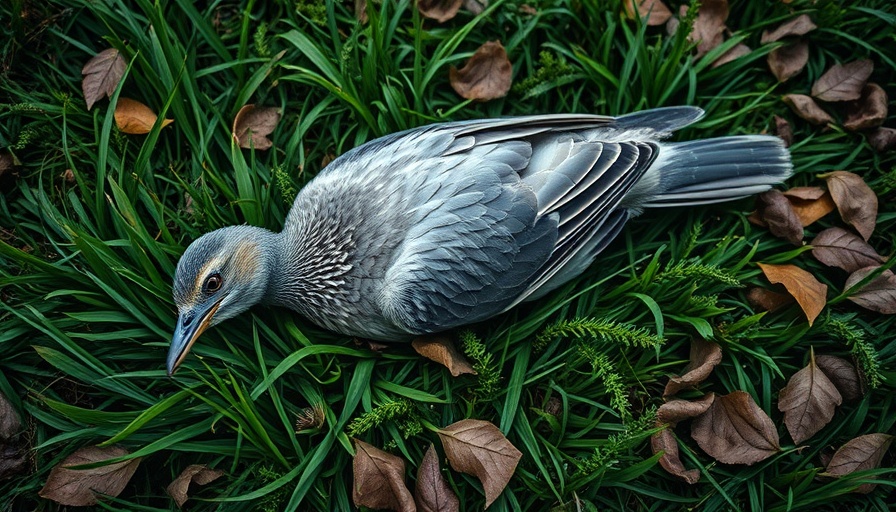
Australia Takes a Major Step in Public Health with New CDC
Australia is on the cusp of a significant public health advancement with the establishment of a permanent Australian Centre for Disease Control (CDC), targeted for launch on January 1, 2026. This initiative, years in the making, aims to streamline and strengthen public health responses across the nation.
Understanding the Importance of a National CDC
The urgency for a national health agency has been emphasized by public health experts for decades, dating back to the late 1980s. The COVID-19 pandemic truly highlighted the vulnerabilities within the existing healthcare framework, making the call for a CDC even more critical. The CDC will address immediate public health threats such as disease outbreaks and misinformation, transitioning to tackle chronic conditions like cancer and cardiovascular diseases in the future.
How Will This Affect Vaccination Efforts?
A key role of the new CDC will be in enhancing Australia’s vaccination strategies. While the country currently operates a national immunization program, the CDC aims to close gaps in data sharing between states, allowing for a cohesive national strategy. With a federal investment of over A$250 million over four years, the CDC can bolster vaccine distribution and administration, ensuring that all Australians have equitable access to crucial health services.
Learning from Other Nations: Avoiding Political Interference
As the U.S. has shown, political manipulation of health agencies can lead to disastrous consequences. The Australian government must ensure that the new CDC remains independent and guided by scientific evidence rather than political agendas. By maintaining this integrity, the Centre can help foster public trust and deliver effective health responses.
Ensuring the Future of Public Health in Australia
As we move forward with the establishment of the CDC, it is imperative for Australians to stay informed about its development and function. An engaged public can contribute to a healthier society, equipped with accurate information and access to resources. The upcoming CDC promises to mark a new chapter for public health in Australia, potentially serving as a proactive model that other countries might look to in their health initiatives.
 Add Row
Add Row  Add
Add 




Write A Comment